A Closer Look At The Asteroid Gorgon
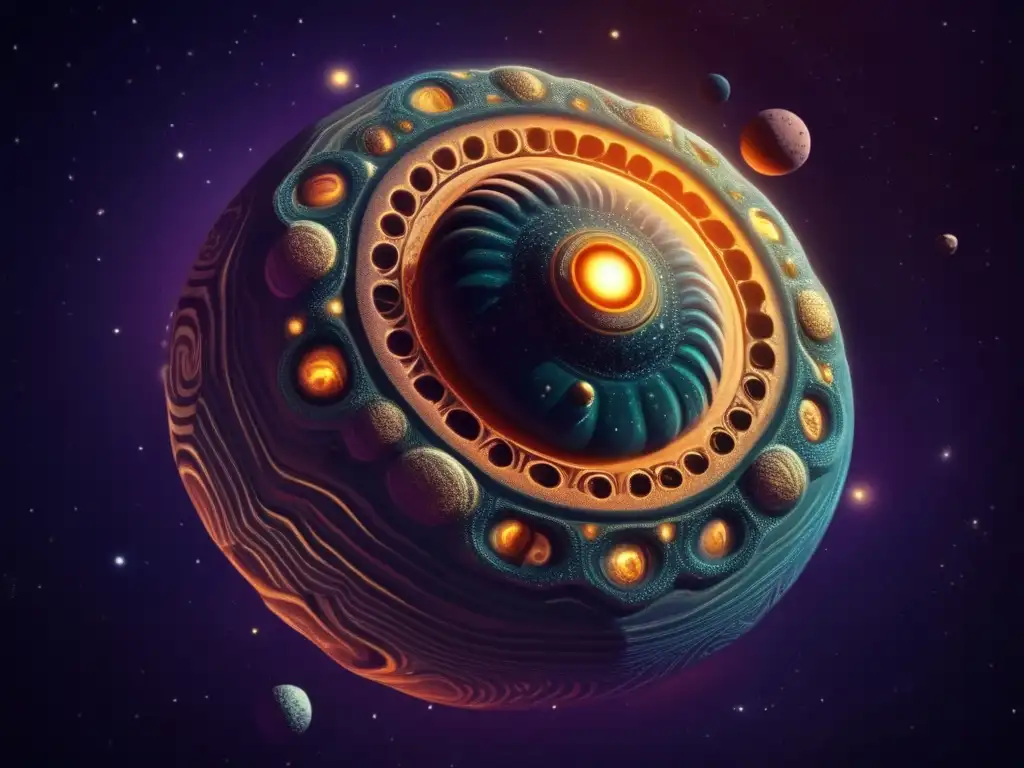
Introduction
Welcome to Asteroid Realm! In this article, we will be taking a closer look at the asteroid known as Gorgon. Gorgon is a fascinating celestial object that holds significant importance in the study of asteroids. Join us as we delve into the mythology, history, and scientific discoveries surrounding Gorgon.
Mythology and Cultural Significance
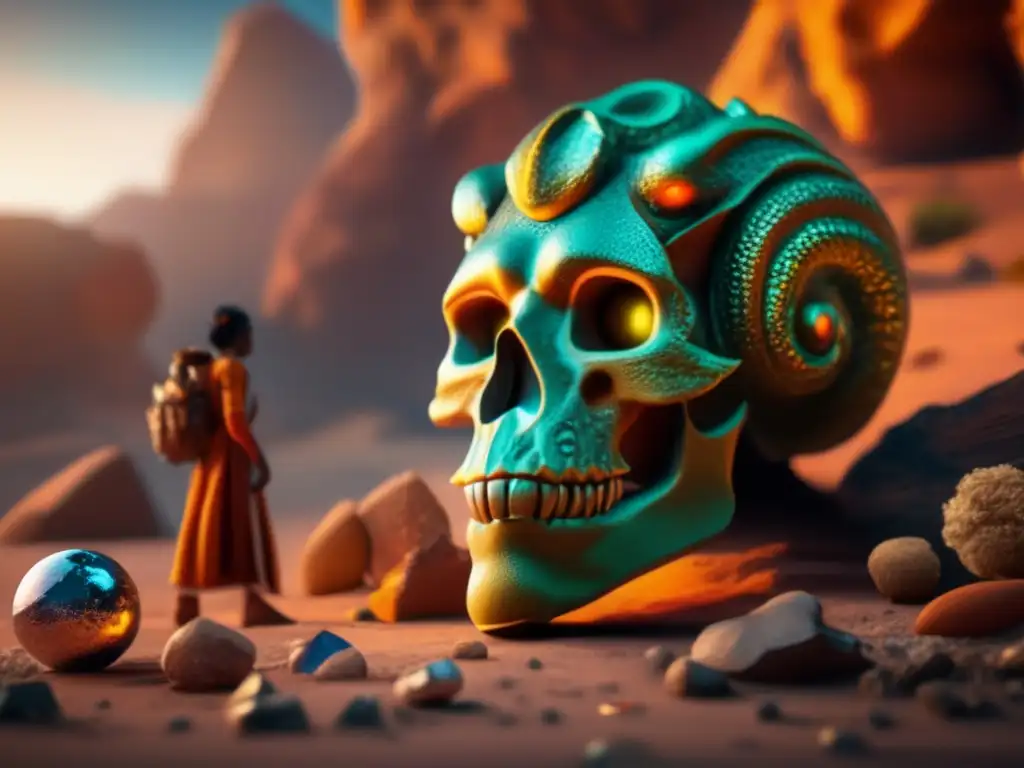
Greek Mythology: The Gorgons
In Greek mythology, the Gorgons were monstrous creatures with snakes for hair and a petrifying gaze. Medusa, one of the most famous Gorgons, was said to have been slain by Perseus. The mythology surrounding the Gorgons has influenced various aspects of art, literature, and popular culture.
Symbolism and Representation
Gorgon, as an asteroid name, represents the connection between the ancient myths and the scientific exploration of space. It symbolizes the mysteries of the universe and the endless possibilities that lie beyond our reach.
Asteroid Naming Convention
Asteroid names are assigned in accordance with guidelines set by the International Astronomical Union. They are often inspired by mythological figures, historical figures, places, and other meaningful objects.
Discovery and Characteristics

Discovery of Gorgon
The asteroid Gorgon was discovered on January 27, 1988, by astronomer Carolyn S. Shoemaker at the Palomar Observatory in California, United States. It was named after the mythological creature due to its mysterious and intriguing nature.
Physical Characteristics
Gorgon belongs to the main asteroid belt between Mars and Jupiter. It has an estimated diameter of approximately 12 kilometers. The surface composition and physical properties of Gorgon are still being studied to gain further insights into its composition and origin.
Orbit and Classification
Gorgon follows an elliptical orbit with a semi-major axis of approximately 2.35 astronomical units (AU). It is classified as a C-type asteroid, which suggests a carbonaceous composition. Further studies are required to understand its exact composition and mineralogy.
Potential for Scientific Exploration

Future Missions
Given its intriguing characteristics, Gorgon presents an attractive target for future space missions. These missions could provide valuable data and insights into the formation and evolution of asteroids, as well as their potential role in the origin of life on Earth.
Scientific Research and Observations
Astronomers and scientists continue to study Gorgon through ground-based observations and space telescopes. These studies aim to enhance our understanding of the asteroid's composition, structure, and behavior.
Potential Impact Hazards
While Gorgon does not pose a threat to Earth, studying asteroids like Gorgon helps us improve our ability to detect, track, and potentially mitigate the risks associated with near-Earth asteroids that may pose a threat in the future.
Frequently Asked Questions
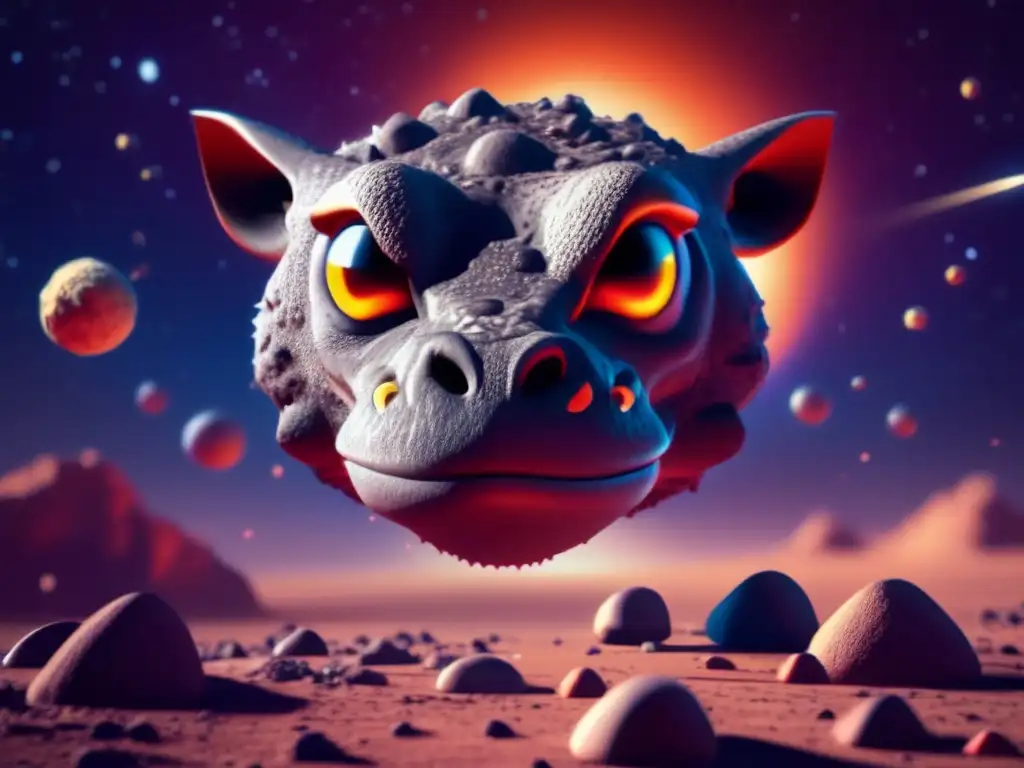
-
Q: What is the significance of the asteroid name Gorgon?
A: The name Gorgon is inspired by the Greek mythological creature and represents the connection between mythology and scientific exploration.
-
Q: When was the asteroid Gorgon discovered?
A: Gorgon was discovered on January 27, 1988, by astronomer Carolyn S. Shoemaker.
-
Q: What is the size of the asteroid Gorgon?
A: Gorgon has an estimated diameter of approximately 12 kilometers.
-
Q: What is the orbit of Gorgon?
A: Gorgon follows an elliptical orbit with a semi-major axis of approximately 2.35 AU.
-
Q: Is Gorgon a potential threat to Earth?
A: No, Gorgon does not pose a threat to Earth.
Conclusion
Gorgon, with its mythological roots and scientific significance, offers us a window into the mysteries of the cosmos. Through the study of Gorgon and other asteroids, we can gain valuable insights into the formation of our solar system and potentially uncover clues about the origins of life itself. We encourage you to continue exploring asteroids and their captivating stories. Thank you for joining us on this journey through the fascinating world of Gorgon.
Feel free to share your thoughts and engage with the Asteroid Realm community by leaving comments, subscribing to our newsletter, or sharing this article on social networks. Your participation helps us spread awareness about the wonders of our universe.
Additional Resources

For further reading on asteroids and related topics, please visit the following resources:
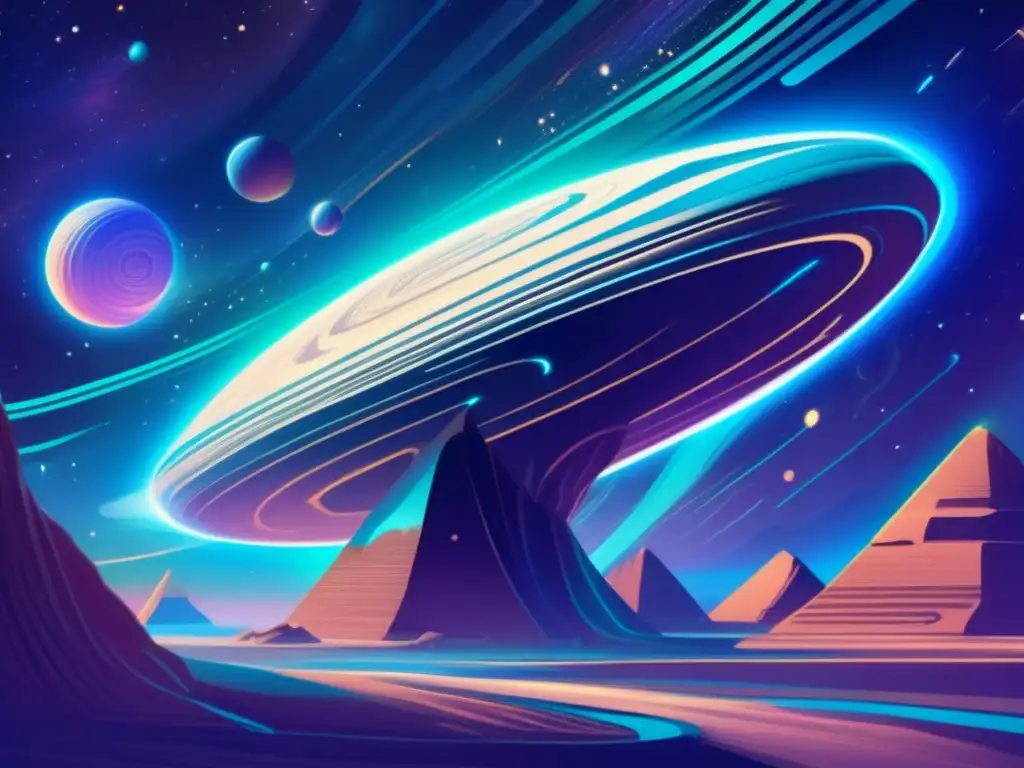 Unraveling The Mysteries Of Asteroid Sphinx
Unraveling The Mysteries Of Asteroid Sphinx The Tale Of Asteroid Phoenix
The Tale Of Asteroid Phoenix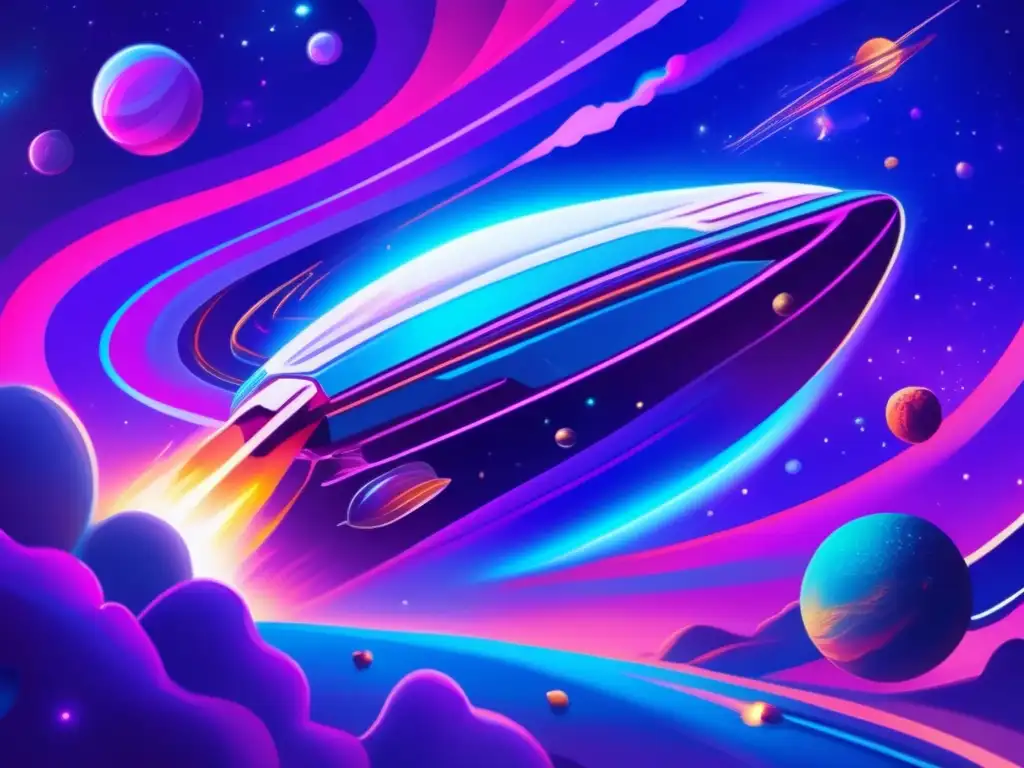 Discovering The Facts About Asteroid Helix
Discovering The Facts About Asteroid HelixIf you want to discover more articles similar to A Closer Look At The Asteroid Gorgon, you can visit the Asteroid Profiles category.
Leave a Reply

Articulos relacionados: